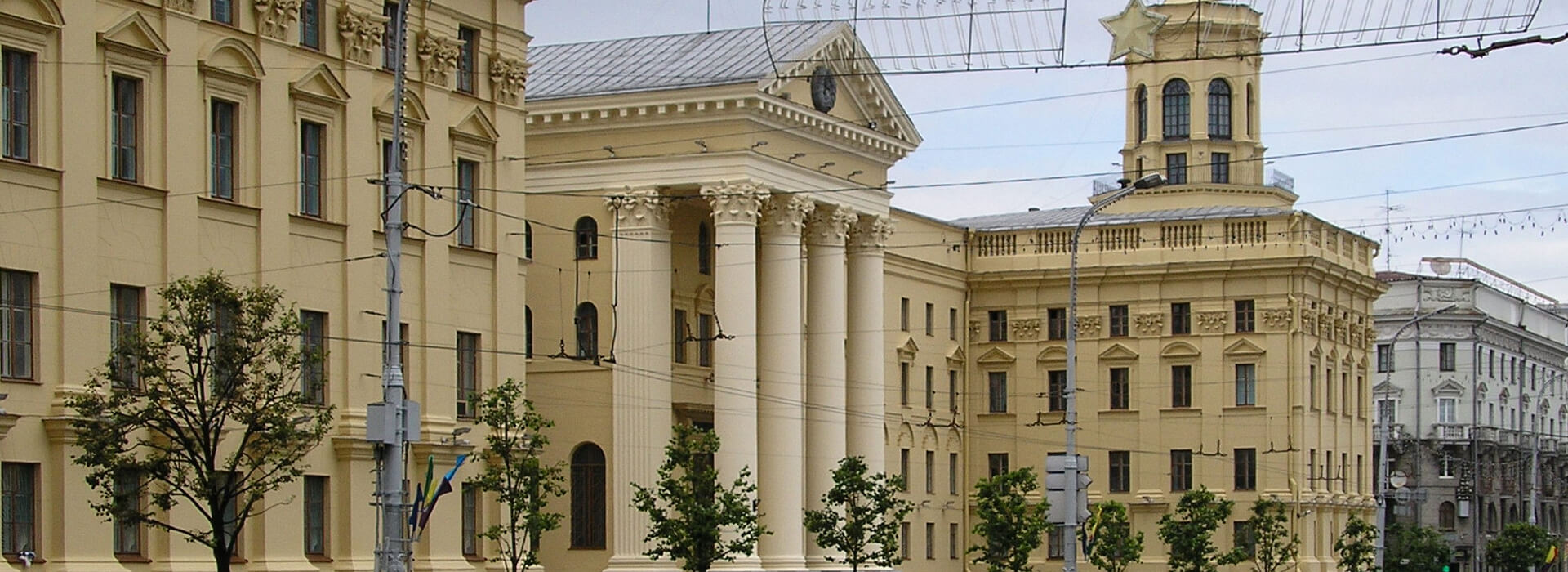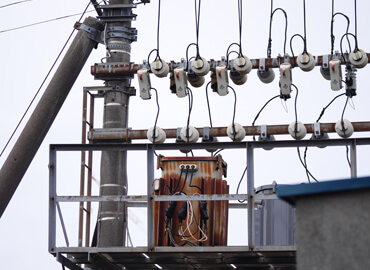EXECUTIVE SUMMARY
Main Directions of Belarusian Propaganda:
Belarus
- In the preparation for the February 2024 parliamentary elections, propagandists present the line that Belarus is centralized like an “empire” under the rule of Lukashenka, a successful and internationally respected leader, and use Soviet-era nostalgia and re-Stalinization narratives. They insist that the Union of Belarus and Russia is the best and inevitable choice.
Belarusian Democratic Forces
- Even though supporters of Belarus’s democratic transition were either forced to leave the country or go underground, the intensity of propaganda hatred towards them has not subsided. Pro-government channels continue to viciously ridicule, humiliate, and denigrate “fugitives” and “traitors” every day. At the same time, the regime wants to return political emigrants to their homeland by all means.
Ukraine
- Pro-government media of Belarus follow main Russian ideological lines towards the war in Ukraine. They spread myths about the “lack of independence of Ukraine” and that “Ukrainian people is a part of the Russian people”.
Poland, the Baltic states, and the “collective West”
- According to the propaganda, the Western countries have aggressive plans against Belarus. It claims that the Baltic states and Poland intend to invade Western regions of Belarus and train paramilitary groups of Belarusians in exile who should attack the country. The entire language against the West is very aggressive but mitigating rhetoric also remains.
PREFACE
The words in the title are not a cry from the soul of a communist fanatic or the tortured confession of a prisoner in Stalin’s gulag. This is a totally sincere and even illustrative statement from the present day made by Grigory Azarenok, a correspondent for the state television channel STV, who is the most detestable Belarusian propagandist and one of the most ardent defenders of the Aliaksandr Lukashenka regime. On December 20, 2023, State Security Officer Day (“Chekist Day”) was celebrated in Belarus. Azarenok dedicated an entire program to this “professional holiday,” where for 20 minutes he confessed his love for the KGB, a punitive body that has not changed neither its essence nor its name from the Soviet period.
It is obvious that in a “legal democratic state” – which Belarus is, according to its Constitution – no one would force a person to voluntarily say such things on camera. However, for Azarenok this is a totally conscious survival strategy. The political situation in modern Belarus is such that it is important for supporters of the regime to emphasize their loyalty once again to the intelligence services.
Azarenok was born in 1995 and never lived in the USSR, but at the same time he is perhaps the most ardent apologist of neo-Stalinism. Over the last year, there has been a creeping “re-Stalinization” in Belarus – not only the whitewashing of the image of Stalin and the glorification of the special services, but a rallying around the current “Leader” and the creation of a new cult of personality accompanied by brutal repressions against political opponents. According to historian Nikolai Mitrokhin, re-Stalinization also includes the suppression of political and intra-party discussions, the inculcation of anti-Western and, more broadly, xenophobic, anti-humanistic, and antisemitic views.
All these processes have affected modern Belarus to one degree or another. The use of an anti-Western and anti-liberal narrative in propaganda’s work on society in modern Belarus and Russia is aimed primarily at justifying an outdated policy of “anti-modernity” that includes the destruction of democratic and legal institutions, a rejection of humanistic goals of society, and the search for an ideological “anchor” in the “wonderful past.” Ultimately, all this is geared towards strengthening the personal power of the ruler, satisfying his ambitions, and enriching his circle.
Another important feature of the propaganda of these two and other authoritarian regimes is the militarization and mobilization of society in the face of an external threat. The enemy has many faces. There is the West, where the most dangerous countries for the Lukashenka regime are Poland and Lithuania, and which are supposedly attempting to annex the western regions of Belarus. There is Ukraine, where the Nazis “seized power.” There are Belarusian “fugitives” – democratic supporters of a change of power who purportedly seek to stage a coup. Somewhere in the distance is their single “external manager,” the United States, that hides behind them. All of them, according to propagandists, are laying plans to divide or weaken Belarus, trying to prevent a union with Russia, however the “wise and strong leader” is defending its interests in the international arena.
In this work, we have attempted to trace how Belarusian propaganda has responded to the main internal and external “irritants” or, as astronomers say, “impact events” in the last quarter of 2023.
iSANS has been analyzing the propaganda activities of the Lukashenka regime since 2019. With the publication of this text, we resume the publication of quarterly analytical reports on the main narratives of Belarusian propaganda. Together with our monthly monitoring reviews and the propaganda section in the weekly Belarus Review newsletter, they form a set of regular iSANS materials on Belarusian propaganda.
In general, the directions of Belarusian propaganda could be described a few years ago in terms of three large thematic blocks or “meta-narratives”– “Belarus” (and its union with Russia), “Anti-Maidan” (or the fight against “color revolutions”) and “Western countries” (including a separate direction or “Poland and the Baltic countries”), which in turn were divided into more specific “sub-narratives” or subsections.
With some minor adjustments, these “meta-narratives” are still relevant today. However, the system of state ideology has a certain flexibility and adapts to the challenges of our time. New stories appear. For example, with the suppression of an attempt at a peaceful revolution following the falsification of the results of the 2020 presidential elections, the line on discrediting the Belarusian democratic forces emerged as a separate direction, and for the fourth year now has not left the “front pages” of state media.
In the same way, with the beginning of Russia’s full-scale invasion of Ukraine, the topic of an “anti-Maidan” emerged as a separate “Ukrainian” direction, in which Belarusian propaganda follows completely Russian norms.
In recent months, another important news story has been added – the attack by Hamas terrorists on Israel, Israel’s military response, and related world events. A separate chapter is devoted to this topic in the report.
This work is not an exhaustive, detailed overview of all the meanings, storylines, and nuances of Belarusian propaganda during the period under review. Every day, tons of poison, hatred, and dirt continue to pour out from television screens and from the pages of Belarus’s state press against Ukraine, Western countries, or Belarusian defenders of democracy. iSANS monitoring does not seek to cover the entire volume of announcements and statements made by propagandists in full detail for the review period but is interested in analyzing and demonstrating the main directions and lines of propaganda over the last quarter of 2023.
The entire report can be read or downloaded at the link.











